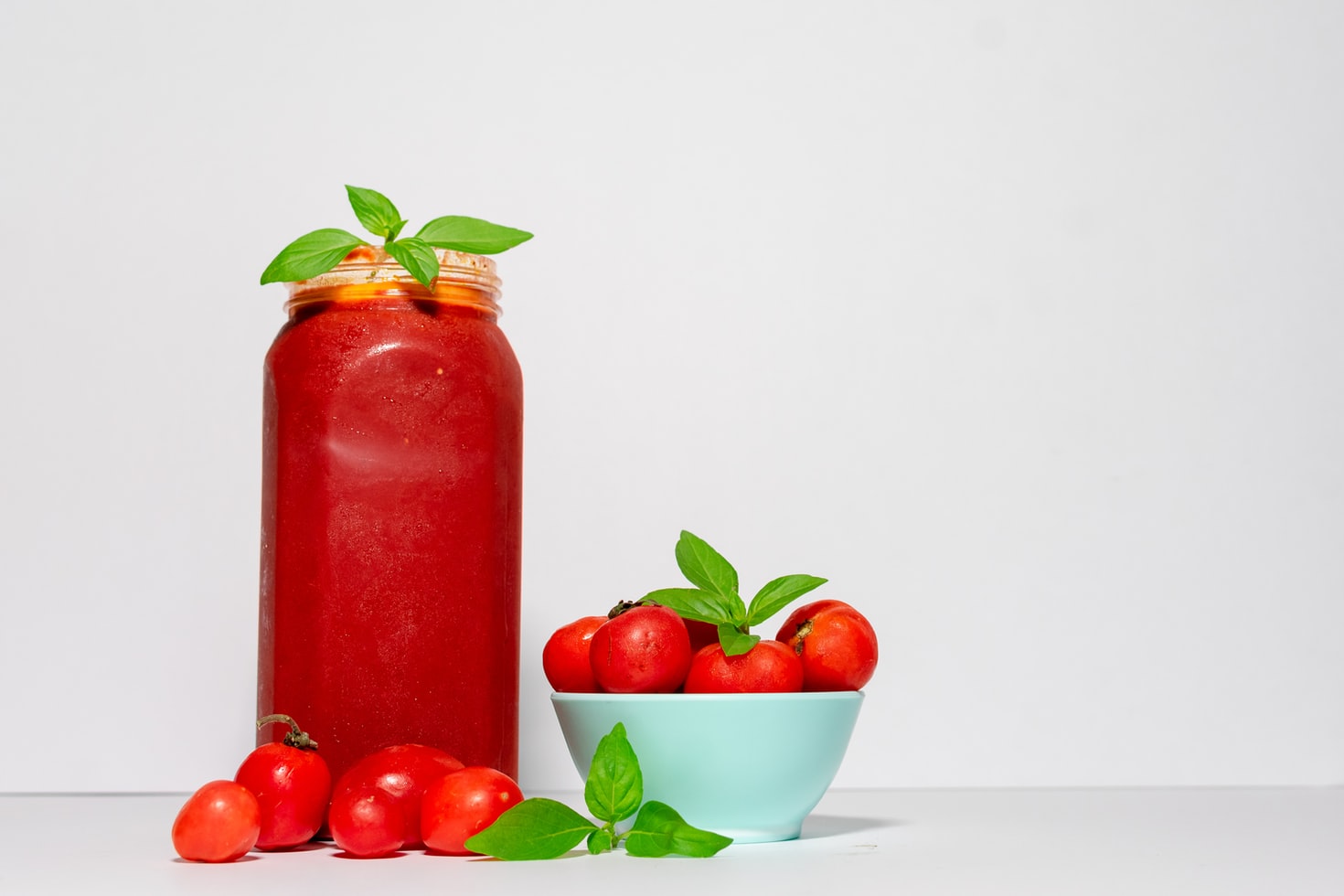The planet’s most popular sauce isn’t as harmless as we’d like to believe when eating it with another batch of fries. But it’s also not as scary as health food adepts make it out to be.
Myth 1 Ketchup was invented by Americans together with hot dogs.
Ketchup, like all other most important things in this world, was invented by the Chinese, and much earlier. The Cantonese dialect word, sounding like koe chiap, meant a sauce made from fermented clam juice, wine, garlic, beans and nuts. In other words, it was painfully similar to Asian fish sauce.
In the 17th century, under the name of catchup sauce, it came to Britain, replacing fish broth with meat broth. According to historians, this sauce was a prototype of typical English Worcester sauce. And then English settlers migrated to America, eventually becoming an integral part of burgers and hotdogs.
The first mention of ketchup in America appeared only in 1824 in a cookbook “The Virginia Housewife”, and not as a condiment for fast food, but as a sauce for Christmas turkey.
This serving is a great way to wean yourself off hot dogs
Myth 2 All ketchup is tomato
Until the end of the XIX century tomato sauce was made of pumpkin, rutabaga, sorrel and even potato peels. It was tomatoes that were never cooked as tomatoes were available only three months a year and no one grew enough greenhouse tomatoes. This lasted until industrialist Henry J. Heinz (yes, the very same Heinz) invented in 1876 to make ketchup by evaporating tomato paste that could be stored almost forever. Since then Heinz has grown into the Ketchup Empire of the world.
In the Philippines, they still make ketchup from mango, and in Brazil, ketchup is based on the core of a bread palm tree. Even in America you can still find kraft ketchups made from mushrooms and nuts. Interestingly, during World War II the production volume of banana ketchup in the States was greater than that of tomato ketchup – because the farms where tomatoes were grown were given over to crops of… cannabis, needed for the pharmaceutical industry.
Myth 3 Ketchup is terribly caloric and therefore dangerous.
The danger of ketchup is not in the calories at all: the average quantity of ketchup has 112 kcal per 100 grams (as compared to mayonnaise which has between 200 and 500 kcal). The more so that you do not eat ketchup by spoonfuls, 20-30 grams of sauce is quite enough to season a dish, so that ketchup could be considered as quite a dietary product. If it were not for one problem: every 100 g of ketchup contains from 2 to 6 tbsp. of sugar (!), that is practically all calories are pure fast carbohydrates, which is not very good for our body.
The second problem is that the uncompromisingly bright taste of ketchup overpowers everything around us. As a result our taste buds become coarse and they don’t notice what goes into our mouths anymore: a burger patty, broccoli, a salad or anything else. And it’s been proven that desensitisation of the receptors, and the resulting food indiscriminateness, is one of the main causes of the obesity epidemic sweeping the planet.
Myth 4 All ketchup is the same, and if there is no difference, why pay more?
There is a difference. All ketchup is divided into 4 categories.
Ketchup of “Extra” category must contain only tomato paste or boiled fresh tomatoes (not less than 40%), spices, sugar and vinegar.
The highest category ketchup contains at least 30% tomato paste, but colouring agents, flavourings and stabilisers are allowed.
The first and second categories are economy ketchups, which can be 75% starch and other texture and flavour imitators. Yes, yes, they may only contain 10-15% tomato per se, but that’s perfectly legal.
Tomatoes in ketchup? Not at all necessary!
Myth 5 If ketchup is too thick it contains lots of starch
On the contrary, the density of the ketchup is an indicator of its quality. For example, there is even a guideline that ketchup extra-class must flow out of the bottle at a speed of 1.3 cm per second (for comparison, this is the average speed of a pet turtle).
Thickness is achieved by extracting water from natural tomato paste. And starch, although it makes ketchup thicker, changes its texture – “starchy” ketchup is glossier and shinier than natural ketchup, and it squeezes out of the bottle not evenly, but in individual “flops”.
Myth 6 Ketchup is harmless for children if given together with ‘healthy’ food
The misuse of ‘strong’ flavours has been discussed above.
There is another danger: it is not the tomatoes that make ketchup spicy, but the vinegar or lemon juice, which are abundant in the sauce. These sour ingredients in our stomachs do not mix well with sugar, so ketchup can act on an immature child’s gastrointestinal tract in much the same way as an emery, causing heartburn and gastritis.
Since 2001 bottles of red liquid have disappeared from school tables in France, and since 2008 ketchup has also been prohibited in Russian school canteens. By the way, according to the same statistics, children in the US eat ketchup twice as often as adults. You can draw your own conclusions.
Myth 7 Ketchup is used in films to simulate blood
In reality, blood in movies is replaced by cranberry juice with a thickener. Filmmakers don’t like ketchup: first, it freezes on your chest in an unnatural “puff”, as if the blood had frozen before it left your body. Secondly, in the light of the spotlights, the colour seems unnaturally red and starts to turn blue.

